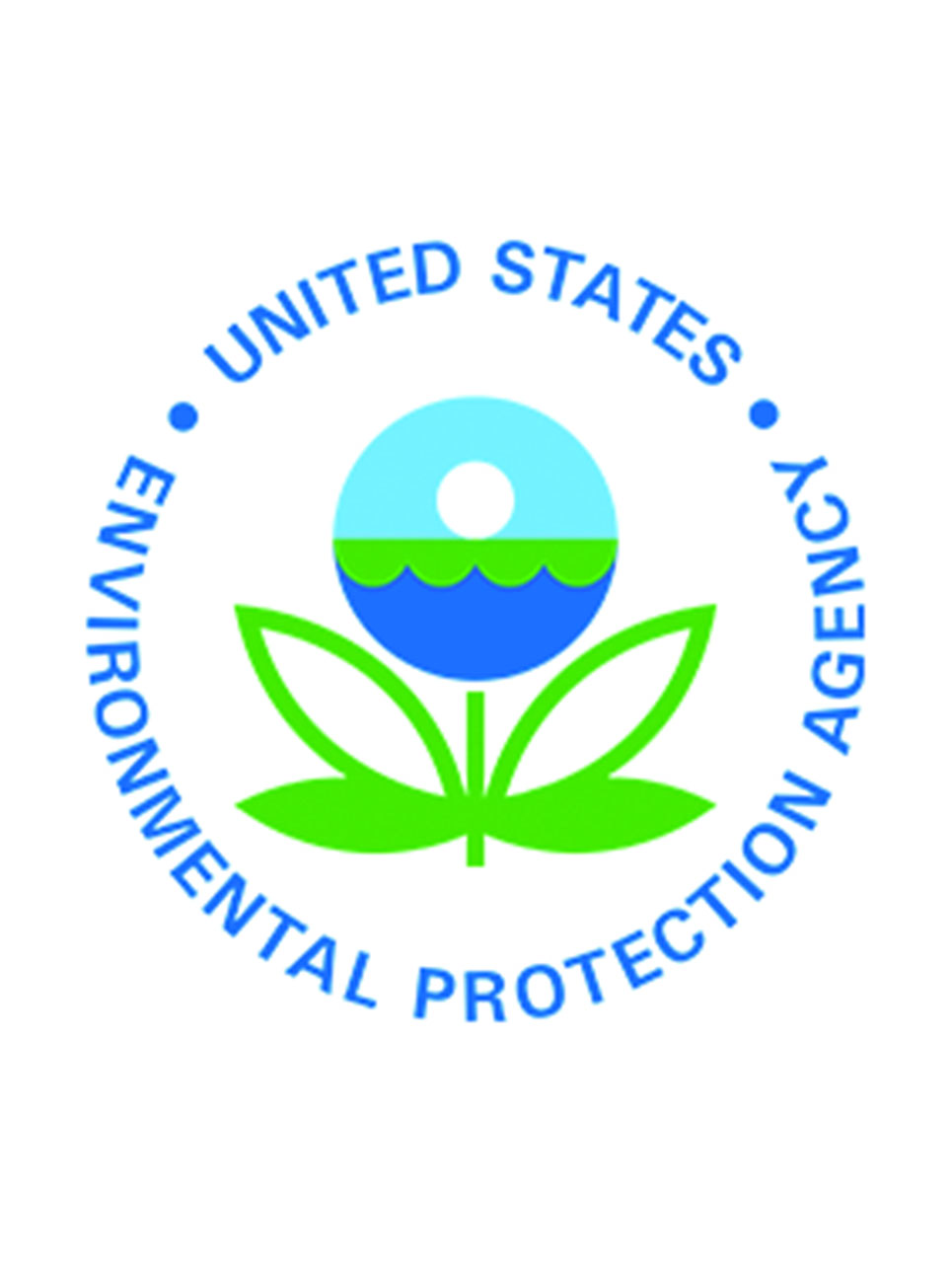Does the thought of drinking toxic chemicals that linger in your body and in the environment for decades freak you out? Well, good news: the United States Environmental Protection Agency (EPA) has lowered the recommended limits for two types of “forever chemicals” (per- and polyfluoroalkyl substances or PFAS) and created limits for two others.
PFAS are popular in part because they help make sticky things slippery and last a long time. This can come in handy in manufacturing all sorts of plastics, for example extruding the fake grass blades that go into a synthetic turf field, or in consumer products such as nonstick pans or stain-resistant carpet and fabrics. Unfortunately their durability means that the thousands of types of PFAS accumulate over time in the environment and in our bodies.
PFAS are difficult to avoid, since they are found pretty much everywhere, including in drinking water, soil, artificial turf playing fields, food packaging, and clothing. Their presence in firefighting foams has complicated the development of military sites such as Bucks County’s Willow Grove, where PFAS have built up in the soil and contaminated local drinking water. They have even popped up in wild deer meat, leading to advisories against eating venison harvested in areas where deer browse on land contaminated by sewage sludge used as fertilizer.
The EPA is in the process of setting hard and fast rules for PFAS in drinking water (Grid has covered Pennsylvania’s efforts to set limits based on the EPA’s recommendations), but in 2016 the agency published recommendations — a “health advisory” in EPA lingo — urging local water treatment authorities to limit two of the most commonly found PFAS, perfluorooctane sulfonic acid (PFOS) and perfluorooctanoic acid (PFOA). The 2016 advisory recommended levels of 70 parts per trillion for the two chemicals, but on June 15, 2022 the EPA pushed those recommendations a lot lower. Now the EPA advises levels of no more than 0.004 parts per trillion for PFOA, and 0.02 parts per trillion for PFOS. The EPA also set recommended limits for two other PFAS: 10 parts per trillion for GenX chemicals and 2,000 parts per trillion for PFBS.
In case we needed another reason to avoid forever chemicals, a study published on June 13 found that women with higher levels of some PFAS chemicals in their blood had a higher risk of developing high blood pressure.








